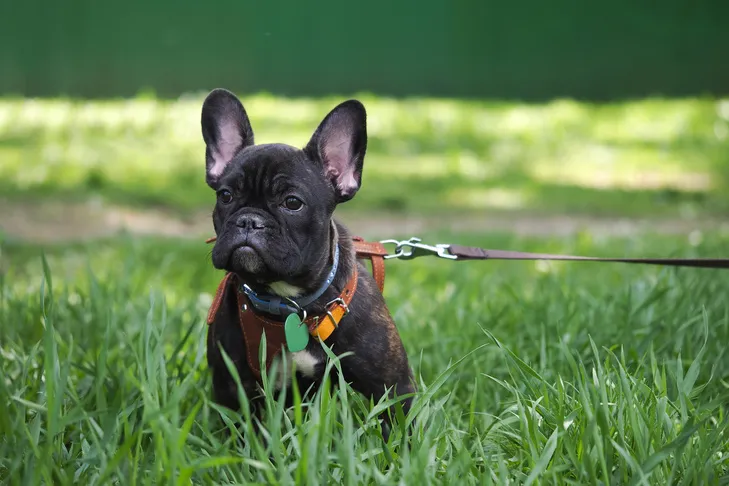Many dog owners assume their pups naturally walk well on a leash, but this fundamental skill requires consistent training. Mastering leash training your dog ensures enjoyable walks, strengthens your bond, and promotes safety for both you and your pet. As experts at Dog Care Story, we’ve helped countless owners achieve loose-leash walking through proven methods. Drawing from professional techniques, here’s how to build a strong foundation for stress-free outings.
Start early with puppies, but these steps work for dogs of any age. Patience and positive reinforcement are key—always reward good behavior to make leash time fun and rewarding. For more basic obedience tips, check out our guide on sit stay dog training near me.
Introduce Collar, Harness, and Leash
Begin by familiarizing your dog with the equipment in a low-pressure environment. Choose a comfortable collar or harness and a sturdy leash. Allow your pup to wear them indoors during playtime, pairing the experience with treats and praise. This associates the gear with positive outcomes like food and fun, reducing resistance.
Keep sessions short—5-10 minutes—to match your dog’s attention span. Gradually increase wear time as they relax. A well-fitted harness is ideal for small breeds or pullers, preventing neck strain.
 French bulldog puppy in a harness sitting in tall green grass on a leash for a walk.
French bulldog puppy in a harness sitting in tall green grass on a leash for a walk.
Teach a Marker Cue for Attention
Select a consistent sound or word—like a clicker, “yes,” or tongue cluck—to signal rewards. In a quiet room, with your dog leashed, make the cue. The moment they look at you, deliver a high-value treat. Repeat until they reliably turn toward you on cue.
This builds focus, essential for leash training your dog amid distractions. Practice 5-10 reps per session, always ending on a high note.
Encourage Your Dog to Follow You
Once the cue works, back up a few steps as they approach, rewarding when they reach you. Progress to them walking several paces beside you. Short bursts prevent fatigue—puppies tire quickly mentally.
Transition to indoor practice: Walk a few steps, using the cue if needed, and praise lavishly. The leash’s gentle pressure introduces guidance without overwhelm.
For owners aiming for advanced roles, explore how to train your own service dog.
Transition to Outdoor Walks
Take it outside once indoor success is consistent. Start in low-distraction areas like your yard. New smells and sights will test focus—stay vigilant. If your dog veers toward a distraction, use your cue, step away, and reward compliance.
Keep initial walks brief (5-10 minutes) and build up. Consistency turns curiosity into cooperation.
Troubleshooting Common Leash Issues
Challenges arise as dogs mature or face novel stimuli. Address them proactively for sustainable leash training your dog.
Handling Pulling
If pulling starts, become a “tree”: Stop moving until your dog returns to you. Avoid yanking—use front-clip harnesses or head halters for better control. Reward slack-leash moments generously.
Managing Lunging
Spot triggers early (other dogs, skaters) and redirect with treats before lunging. Create distance and use your cue. Herding breeds may react more, but all dogs benefit from prevention.
Need specialized help? Our resources on how to train a puppy to be a service dog cover reactive behaviors.
Stopping Barking on Walks
Barking often stems from under-exercise. Ensure breed-appropriate mental and physical activity first. Then, counter-condition: Spot dogs from afar, cue attention, and treat calm focus. Fade treats over time.
If anxiety plays a role, consider how to get my dog serviced for anxiety.
Building Lasting Loose-Leash Habits
Gradually phase out constant treats, randomizing rewards for reliability. Practice in varied environments to pass tests like Canine Good Citizen. Carry treats for spot reinforcements.
Consistent leash training your dog transforms walks into bonding adventures. If issues persist, consult pros—our train your dog as a therapy dog program offers personalized support. Start today for a polite walking partner tomorrow!
